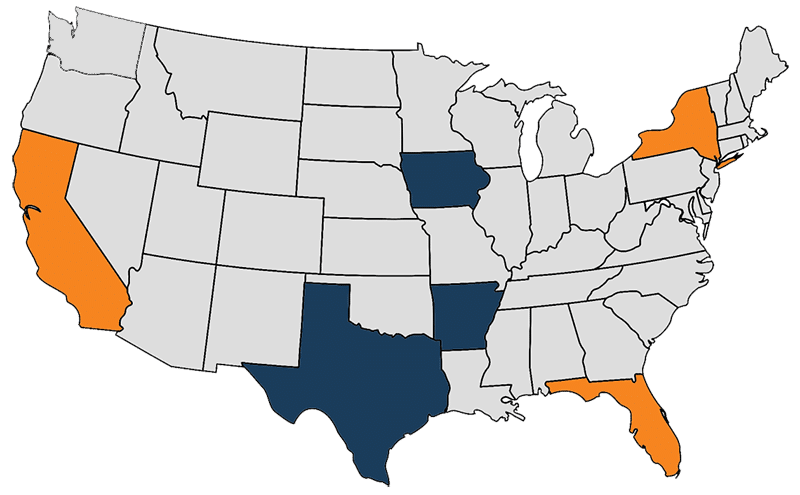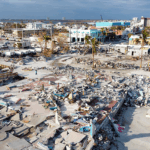Are you concerned about the havoc power surges can wreak on your electronics and precious data? Worry not! Proactive measures can shield them from harm’s way.
To shield your prized equipment, it’s pivotal to deploy surge protection at the point of external power entry, integrate surge protectors into individual components, and establish proper grounding. Furthermore, a multi-tiered disaster recovery strategy protects you against potential losses.
Embark on a journey to fortify your data and electronics against those bothersome power surges!
Unraveling Power Surges and Unveiling Their Origins
Power surges materialize due to glitches at the local electrical power station or within power lines. They spring from various sources, including indirect lightning strikes and other in-building elements such as pumps, AC units, and elevators.
These surges are adversaries to your electronics, chipping away at equipment over time, leading to communication hiccups and data disruptions.
Adopting preventive measures is paramount to repel the damage these surges can inflict. Embed surge protection at the point of external power entry and incorporated surge protectors into components like desktop PCs, coaxial cables, phone lines, and internet cables. Besides, engineer systems with resilience against power interruptions.
Routine maintenance of surge protection devices is your shield against potential power surge-induced havoc.
Executing Surge Defense Strategies
To armor your devices from impending harm, pervasive deployment of surge protection mechanisms across your establishment is pivotal.
Initiate by installing surge protection at the juncture of external power intake into your premises. Handpick surge protectors are apt for diverse components such as desktop PCs, coaxial cables, phone lines, and internet cables.
Enlist certified electricians to implement a grounded electrical system that tames power disruption. Likewise, ensure the systems are architected and executed to weather power disruptions.
Systematically assess and uphold your surge protection devices to uphold their efficacy.
The Significance of a Multi-Faceted Contingency Blueprint
Regularly assess and update your contingency blueprint to safeguard the sanctity of your invaluable business data.
At the core of this multi-tiered contingency blueprint is offsite data storage, conferring manifold benefits. Parking your data offsite mitigates the peril of onsite catastrophes like fires or floods.
Moreover, coaching your workforce on disaster recovery is cardinal. They must comprehend their roles during crises to curtail downtime and expedite recovery.
Equally pivotal are periodic blueprint revisions as they spotlight gaps, permitting swift rectification. Continual scrutiny and evaluation enable blueprint adaptation in alignment with evolving business exigencies, ensuring data’s impregnability.
Consistent Blueprint Maintenance and Testing
Regular blueprint maintenance and rigorous testing are imperative to validate its efficacy in shielding your treasured business intelligence. Regular testing unveils weak spots and fissures ripe for prompt intervention. Via authentic scenarios, gauge the blueprint’s prowess in diverse scenarios and institute requisite enhancements.
Equipping your staff with the blueprint’s nuances and their crisis roles is equally pivotal. This guarantees a cohesive execution of the blueprint. Continuous blueprint reassessment remains indispensable, facilitating adaptation to fluid business prerequisites and fortifying readiness against the unforeseen.
In Closing
You’re now well-versed in shielding your data and electronics from the menace of power surges.
You’re fortifying your devices by comprehending the surges’ origins and instituting protection at both entry points and individual components.
Moreover, a multi-faceted contingency blueprint guarantees the safety of your business data during unanticipated events.
Embrace the rhythm of regular blueprint upkeep and testing to stay attuned to evolving needs.
Stay ahead of the curve and safeguard your electronics steadfastly!













